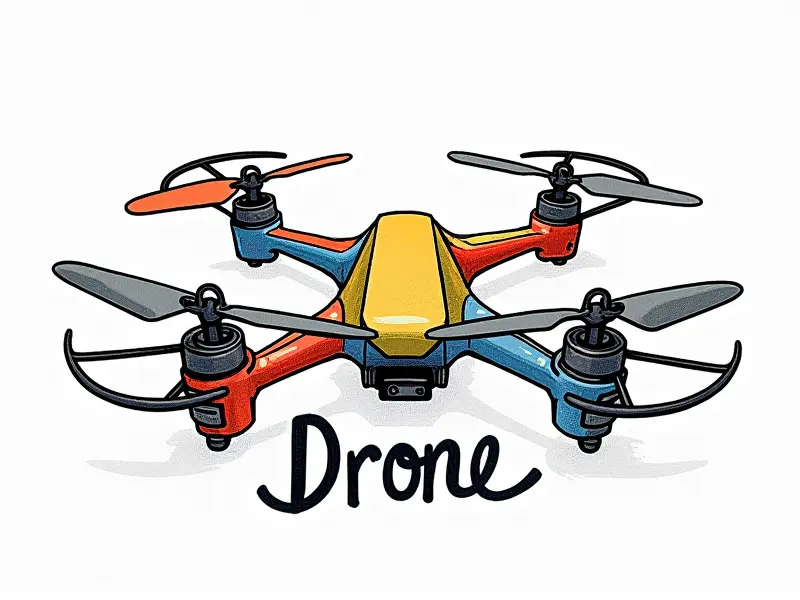Can Syma drones fly in wind?

Can Syma Drones Handle Wind?
Syma drones are popular among hobbyists and enthusiasts due to their affordability, ease of use, and compact design. However, one common concern is whether these drones can handle windy conditions effectively. This article delves into the performance of Syma drones in various wind scenarios.
Tips for Flying Syma Drones in Wind
- Choose Optimal Flight Times: Early morning or late evening when winds are typically lighter can provide better flying conditions.
- Monitor Weather Conditions: Always check the weather forecast before taking your drone out. Avoid flying in strong gusts or high wind speeds.
- Select a Safe Landing Spot: Choose an open area with minimal obstacles and a flat surface to ensure safe landings during windy conditions.
Syma Drone Stability in Wind Explained
The stability of Syma drones in wind is influenced by several factors, including the drone's design, weight distribution, and control system. These drones are generally lightweight and compact, which can make them more susceptible to wind disturbances.
How Well Do Syma Drones Tackle Wind?
Syma drones come with various features designed to enhance stability in windy conditions:
- Gyroscopic Stabilization: Many Syma models feature gyroscopes that help maintain balance and control during flight.
- Propeller Design: The shape and size of the propellers can affect how well a drone handles wind. Syma drones often have aerodynamically designed propellers to improve performance in gusty conditions.
Syma Drones vs. Wind: Performance Tested
To determine how well Syma drones perform in windy weather, several tests were conducted under controlled and real-world scenarios:
- Control Tests: Evaluating the responsiveness of the drone's controls during wind gusts.
- Battery Efficiency: Assessing how wind affects battery life and flight duration.
Wind Resistance of Syma Drones Revealed
The results indicate that while Syma drones can handle moderate winds, they struggle in strong gusts. The gyroscopic stabilization system helps maintain stability but may not be sufficient for high wind speeds.
Syma Drone Performance in Windy Weather
Understanding how Syma drones perform in windy weather is crucial for safe and enjoyable flying experiences:
- Flying Techniques: Using specific flying techniques, such as hovering or slow maneuvers, can improve stability.
- Flight Planning: Carefully planning your flight path to avoid areas with high wind speeds is essential for maintaining control.
Is Wind a Problem for Syma Drones?
Wind presents challenges for Syma drones, but these can be mitigated through proper preparation and understanding of the drone's capabilities:
- Frequent Upgrades: Keeping your Syma drone updated with the latest firmware and hardware improvements can enhance its performance in windy conditions.
Can Syma Drones Fly Against the Wind?
Syma drones are capable of flying against moderate winds, but this requires careful navigation and control. Strong headwinds may cause instability and reduce flight time.
Syma Drones and Strong Winds
In strong wind conditions, Syma drones face significant challenges:
- Increased Risk of Damage: Flying in high winds increases the risk of propeller damage or loss of control.
- Limited Flight Range: Strong winds can limit the effective range and maneuverability of Syma drones.
Wind Challenges for Syma Drones
The primary challenges for Syma drones in windy conditions include:
- Stability Issues: Maintaining stability becomes more difficult as wind speeds increase.
- Battery Drain: Wind resistance can lead to faster battery depletion, reducing flight duration.
Conclusion
Syma drones are versatile and user-friendly, but their performance in windy conditions is limited. By understanding the challenges and implementing proper flying techniques, you can enjoy safe and effective flights even in moderate winds. Always prioritize safety by avoiding strong gusts and ensuring your drone is well-maintained.

